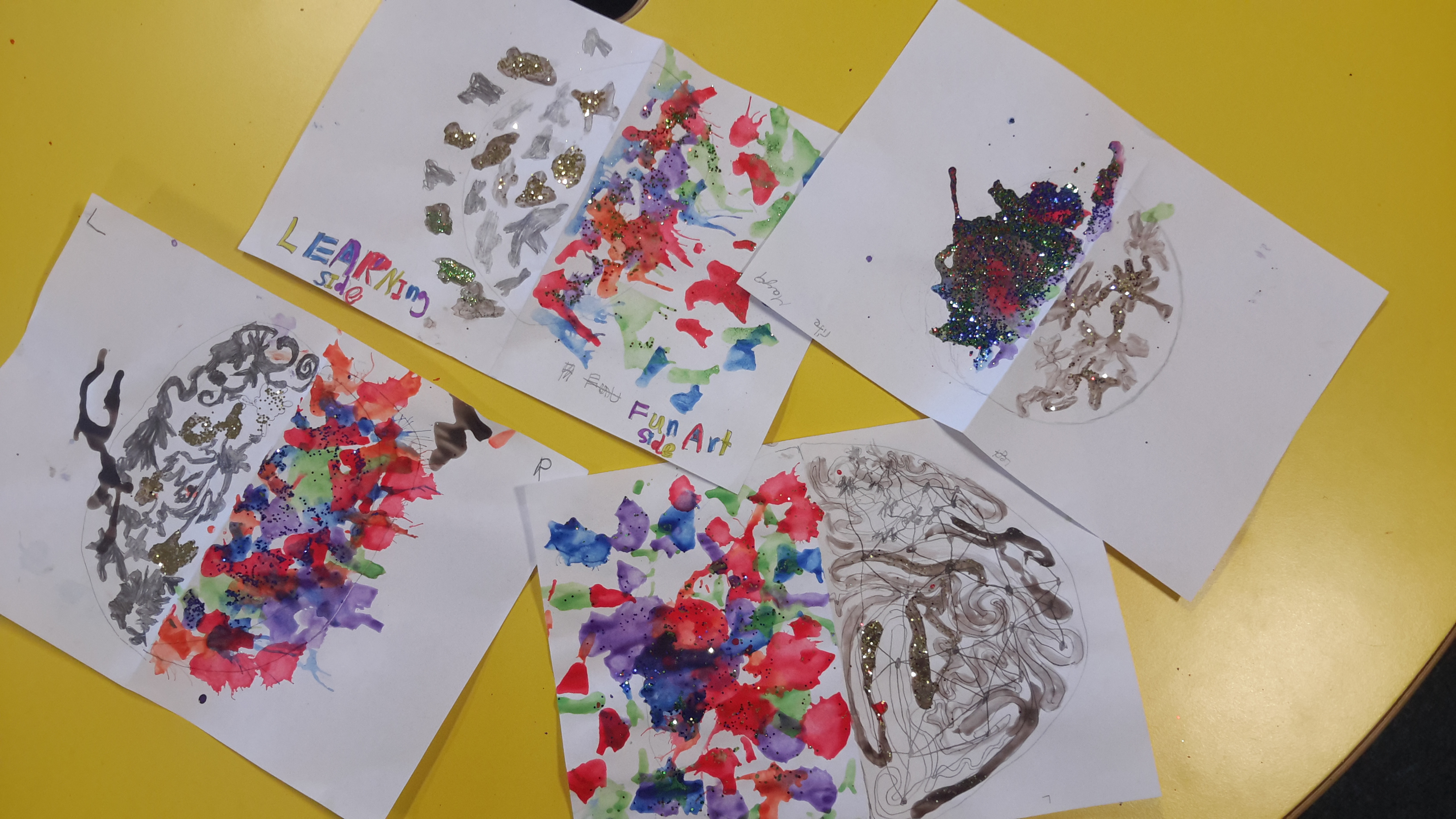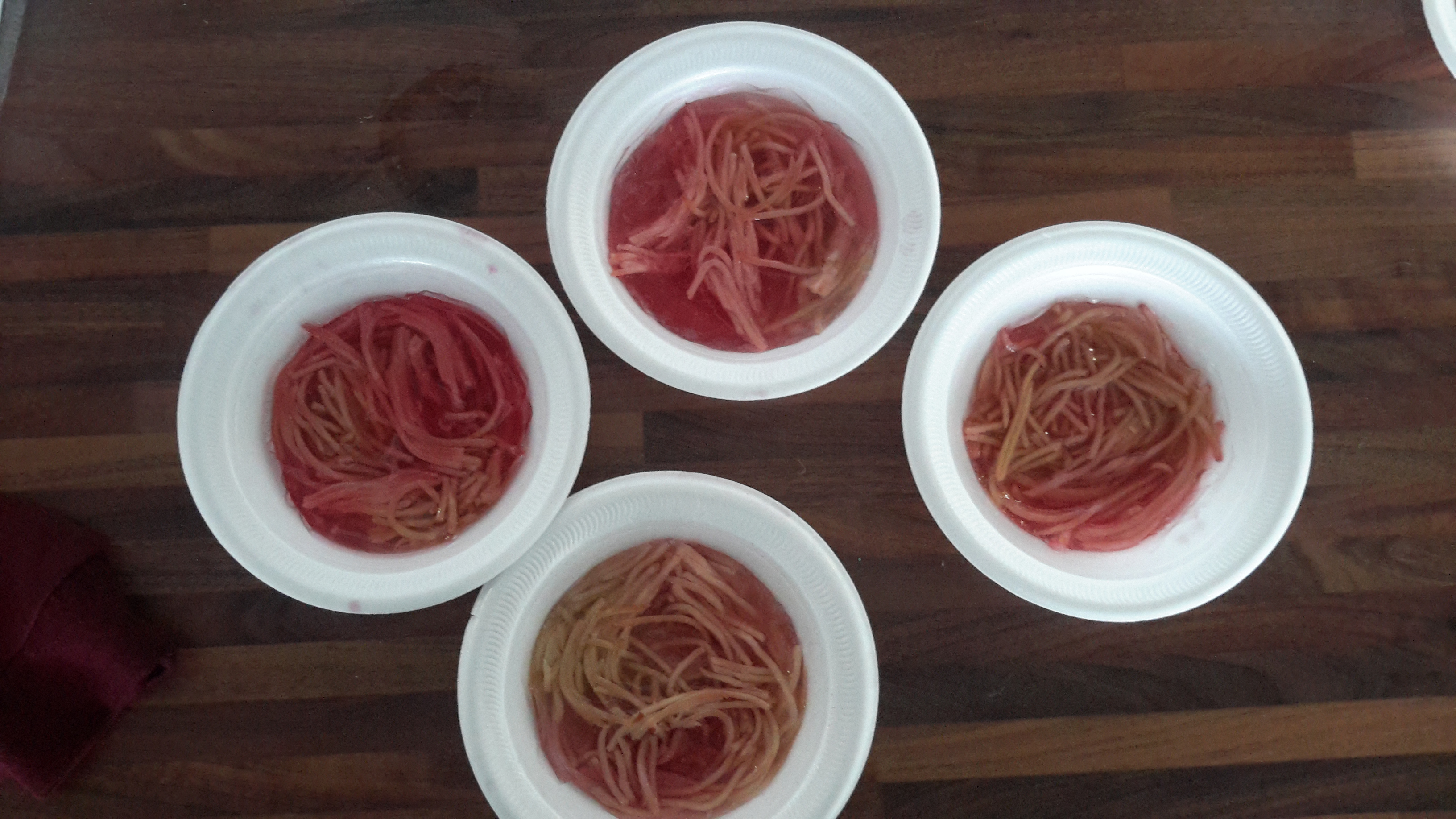- cerebrum (say: suh-REE-brum)
- cerebellum (say: sair-uh-BELL-um)
- brain stem
- pituitary (say: puh-TOO-uh-ter-ee) gland
- hypothalamus (say: hy-po-THAL-uh-mus)
Click here to find out what each of these parts do.

Click here to find out what each of these parts do.

WOW! What a busy morning at Brooklands Farm! As we see Brain Week come to an end we took the opportunity to meet as a whole school to share our learning from the week. Each year group presented their learning in different ways including drama, actions, posters and writing!
We are now in our colour groups and consolidating our learning in the form of posters. Blue team are using our knowledge of the different sides of the brain, neurotransmitters, growth mindsets and how to protect our brain from injury! We are collaborating in groups across year groups to share the learning journey we have undertaken this week.
To raise awareness of our brains and how to protect them our posters must be eye catching, colourful and have a clear message! We look forward to sharing these with you!
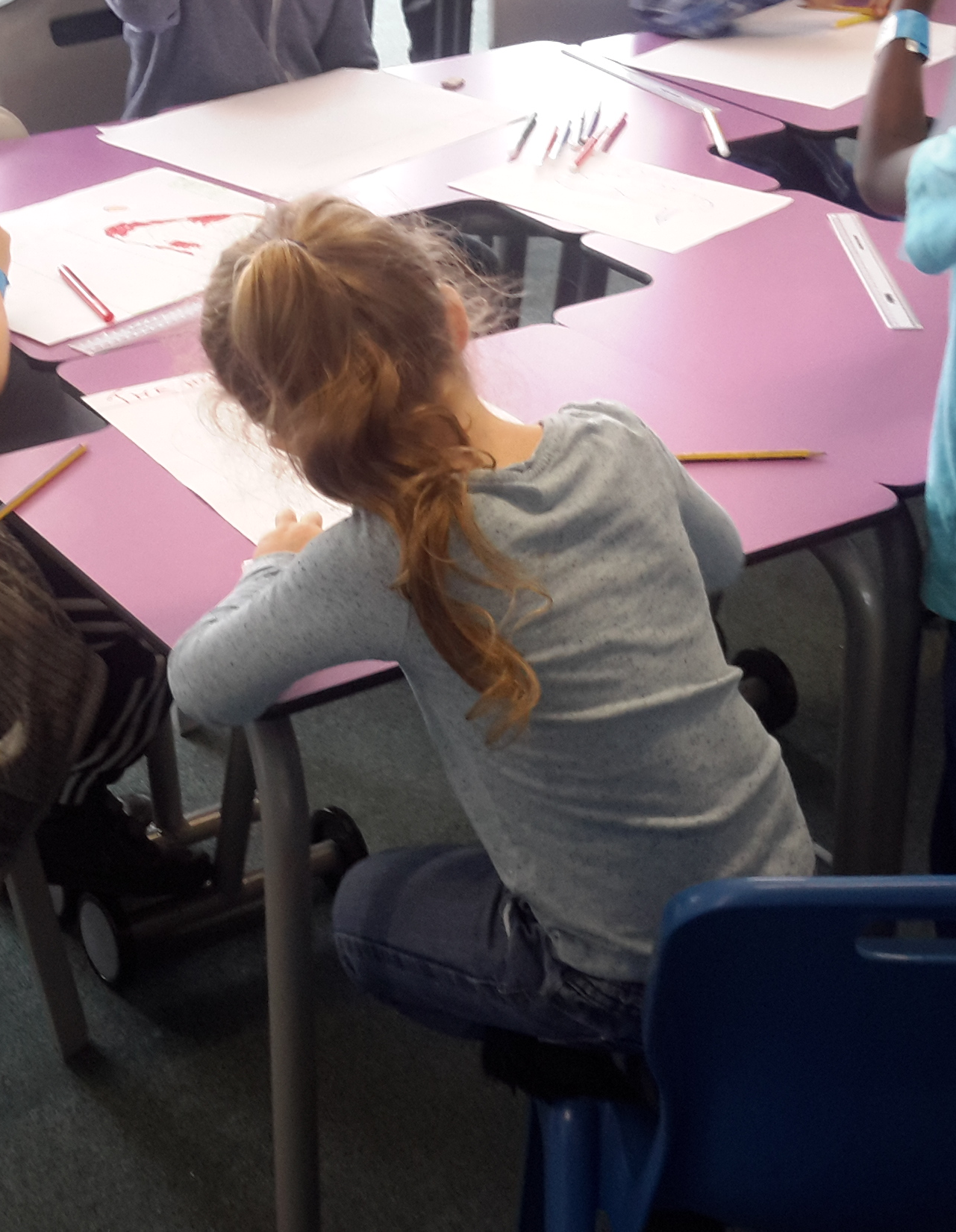


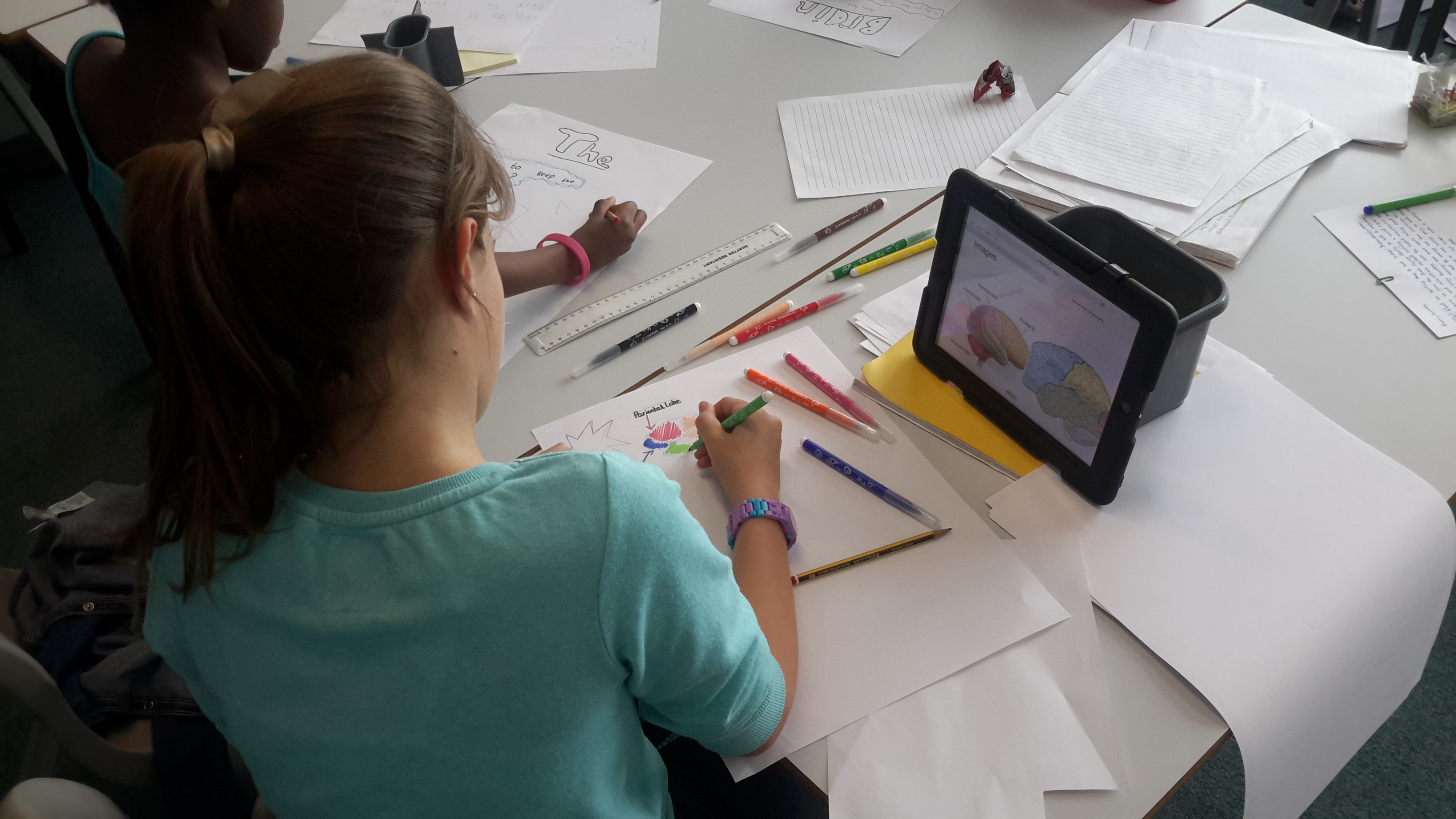
Red team have been working incredibly hard this morning to produce their own brain posters! They have gathered the information they learnt in assembly this morning and then created a success criteria with their mixed year group team. It has been amazing to see the Year 6 children leading their groups and everyone working together. Well done red team!
Year 3 made some jelly brains on Friday. We left them over the weekend, but we left them in the heat and exposed with no protection. Thus when we returned, the brains had gone mouldy.
We learnt that unless we look after our brains with learning, vitamins, protection and connections then they can become damaged.
WOW! WOW! WOW!
This morning, all year groups came together in the hall and shared their learning about the brain.
The facts that the children learnt were incredible! As we speak, the children are currently working in their colour teams creating posters to share their knowledge.
This afternoon, the children will be making a brain out of their bodies on the playground. Mr Rickett, is currently drawing a very large brain on the playground in chalk to help us create our image.
If you want to see our learning at the end of the day then please look on the playground.
We have been learning about the differences between the left and right brain.
We have learnt the text map for a Dr. Seuss poem and have been thinking about how to make it even better. Tomorrow we are going to be writing our even better sentences about the brain into our Brain Books.
We are so excited about sharing them in assembly on Friday.
Year 5 completed their endorphin investigation today as they spent time in a dark, silent room completing their work. We monitored our well being and learning zones and the majority of us found that our well beings dropped when in this situation because endorphins were not being released. We have written diaries this week to monitor our personal emotions and learning zones, writing how we were affected by the situations we were in. Also, we plotted our changes in well being and involvement on line graphs and drew our conclusions from them.
Finally, we started creating our presentations (posters and drama) about our learning to share with the rest of the school tomorrow.
Here are some examples of line graphs and diary entries:
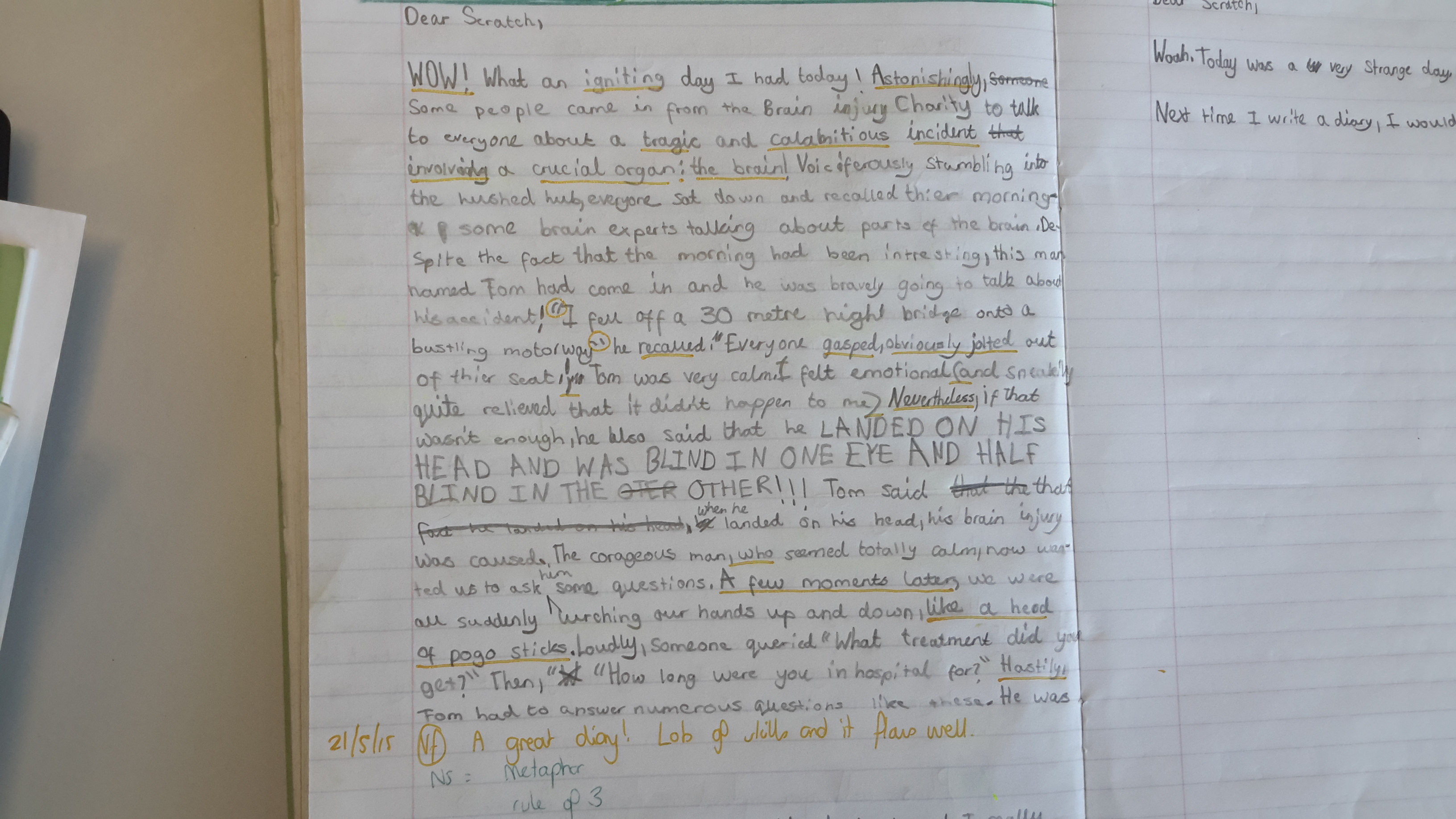
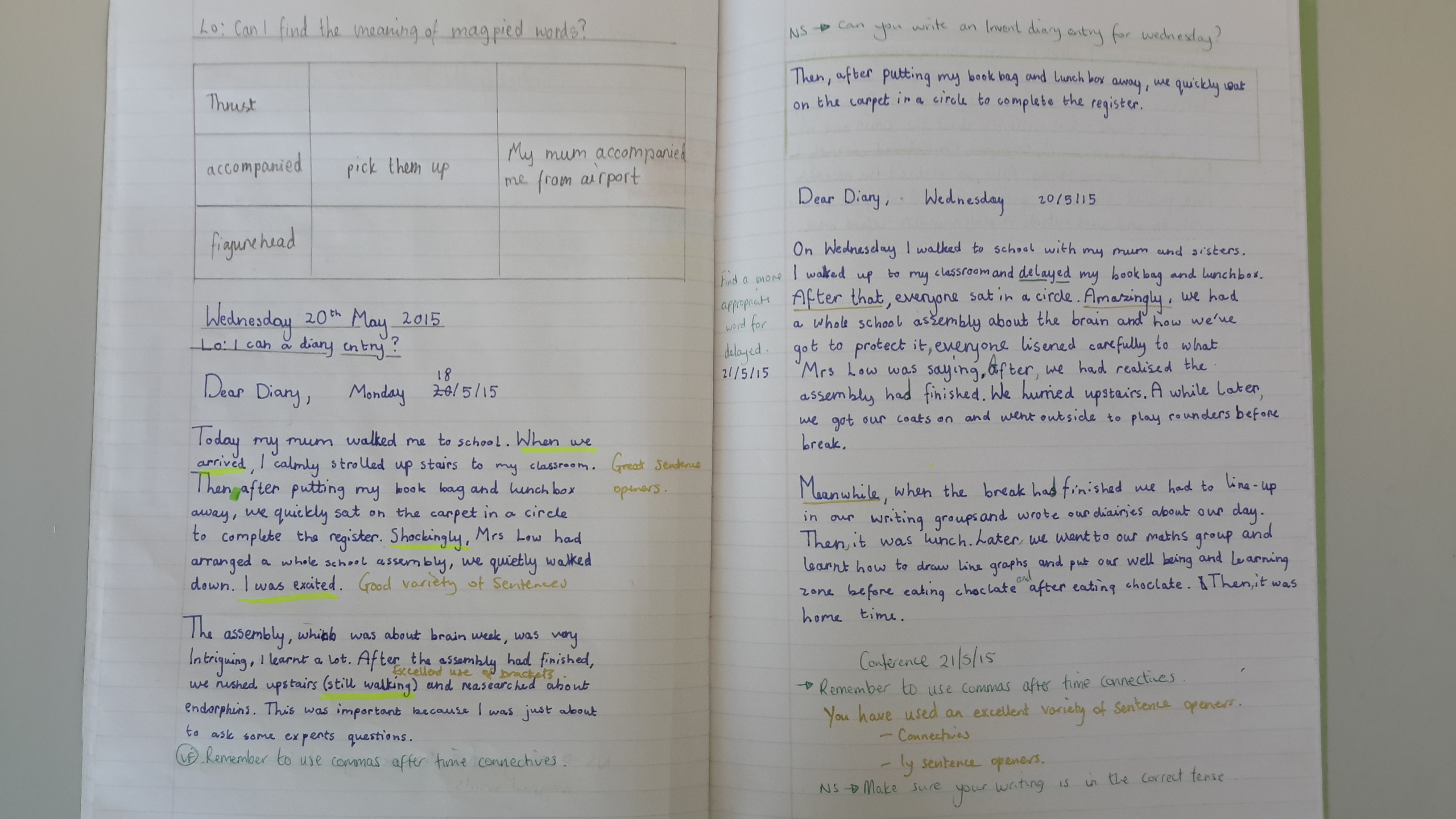
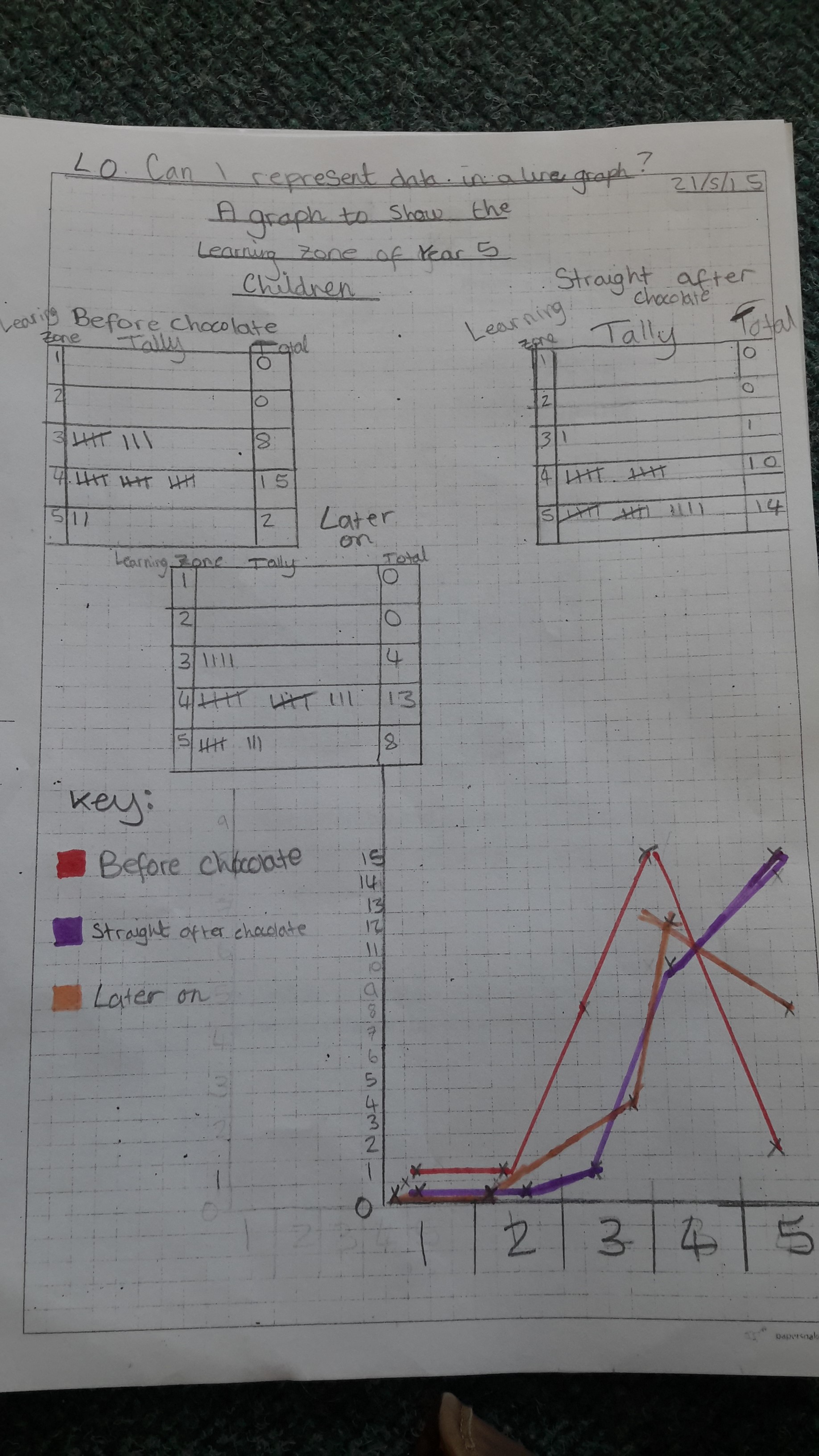
All week we have been testing our brains to see how we like to learn best.
Not only that, we have been trying to develop our growth mindset so that we always say ‘I can I can I can’ and keep growing our learning.
This morning the learning zones in Year 4 were amazing! Everyone had a growth mindset and nobody minded if they had to re-draft their work. In fact, lots of children chose to do this several times to make sure their work was the best it could be!
Well done year 4! We are extremely proud. Your new growth mindset will help you achieve fantastic things.
This picture represents our learning this week. Two children using all three learning styles – visual, auditory and kinaesthetic – and a growth mindset to take their next steps in maths…
In Year 2 we are thoroughly enjoying Brain Week! We wanted to find out more about our brain and what we can do to keep it healthy.
We found out that our brain can tell you how your body feels and that the chemicals that do this are called neurotransmitters. When the neurotransmitters in your brain are out of balance, it can stop your brain working properly!
There were three different neurotransmitters that we learnt about today.
We wondered how to balance the neurotransmitters. We thought it might be tricky! Luckily, you can eat foods that will help to keep the neurotransmitters in balance!
Tomorrow, we will be finding out what foods we can eat to balance our neurotransmitters!
3a have been busy learning about the brain this week. They have been to a knowledge assembly with people from the brain injury rehabilitation centre where they learnt lots about ‘what the brain is’. From here they came together as a class and come up with specific brain protection and safety question ready for their specific session with experts on brain safety. The children thoroughly enjoyed this and the level of questioning was extremely high.
To ignite the project and to spark the creative side of the brain the children re created images to show the difference between the left side and the right side of the brain. They used blow painting and sketching using pencils as their techniques. All children came together to take part in a class sewing session where they used a running stitch to create their own part of the right side of the brain.

